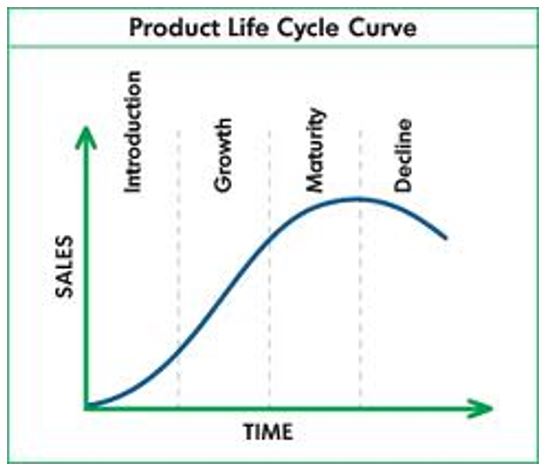Introduction
Tesco plc is an international company that deals with general merchandising and grocery. The company is located in United Kingdom (UK) and it has been ranked as the third-largest merchant in the globe, after Carrefour and Wal-Mart. Tesco has the leading market share in UK (approximate 30%) and it has been measured as the second largest retailer in terms of profits, after Wal-Mart (Aaker and McLoughlin, 2010). All these successfulness factors have been contributed by various marketing strategies, such as diversification (the company has various stores across Europe, Asia and America), advertising, branding and many more (Humby, Hunt. and Philips, 2007).
In recent times, Tesco plc came out with new strong marketing strategy that will boost its productivity further. This new strategy is product life cycle (PLC). The company has achieved to do this, by collaborating with ethical clothing pioneers. The PLC involves four stages, which are introduction, growth, maturity and decline stage. Below is a graph that shows all stages:

Introduction Stage
This is a stage when the merchandise is launched in the market. Tesco introduced recycled clothing collection, but during this juncture, the sales of these merchandises were low until consumers became aware of these products and their features. Due to its worldwide recognition, the company used only few marketing strategies to create awareness to the consumers. The only marketing strategies were used are advertising and branding. However, seeing as this is the first stage that the merchandise is endeavoring to pull off its foothold in the market, it necessitated extra cost (like distribution, etc), in order to establish unyielding market operations (Humby, Hunt. and Philips, 2007).
Growth Stage
In this stage, more customers become aware of the merchandise and its features. Tesco exploited this stage, by adding more merchandise into the market, hence increasing its sales output. Although, at this stage, the sale output is not at the pick, the company increased its market volume in order to gain consumer tendency and later on, increase the sales. The retail industry is very competitive; consequently, Tesco decided to add additional cost in the promotion of the new recycled clothing collection. This enabled the company to compete against other players in the stiff market and creating more awareness to the consumers (Humby, Hunt and Philips, 2007).
Maturity Stage
At this stage, the sales gradually increase, even though it is at a slower space. Conversely, this is the most worthwhile stage in the life of merchandise. Tesco benefited a lot during this stage, as more consumers were aware of the merchandises and their features. The profit increase came as a result of decrease in promotion expenditures. What’s more, the only few promotion expenses were used to sustain and build a strong bond with the consumers (Aaker and McLoughlin, 2010). The competition at this stage is also stiff; thereby, the company gave the consumers the first priority by giving them hihly quality merchandise at affordable cost. This enabled Tesco to continue enjoying the fruits of its market strategies in a competitive market.
Decline stage
At this stage, the merchandise is well known by consumers and as result, it starts to lose taste in the market. For any company to continue enjoying the sales of such product, it must lower the cost of that product or refurbish it. However, in our case, the new product of Tesco has not reached this stage, as it is still new in the market (Aaker and McLoughlin, 2010).
References
Aaker, A. David, and McLoughlin, D. (2010) Strategic Market Management: Global Perspectives. London, John Wiley and Sons.
Humby, C., Hunt, T. and Philips, T. (2007) Scoring Points: How Tesco Continues To Win Customer Loyalty. Washington, Kogan Page.